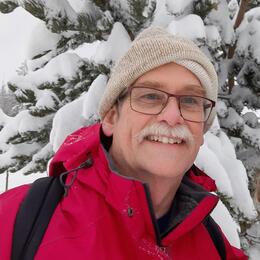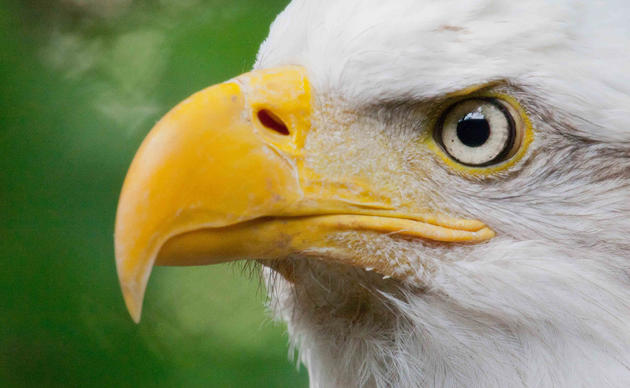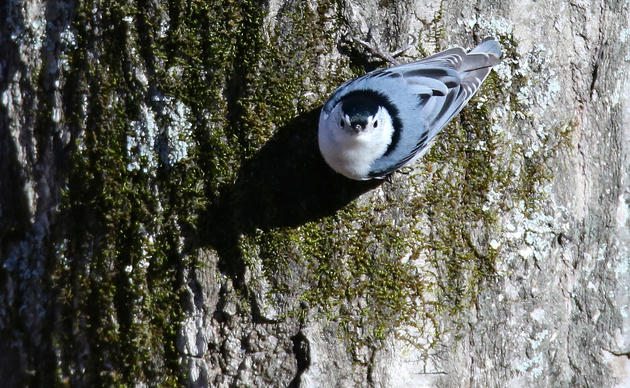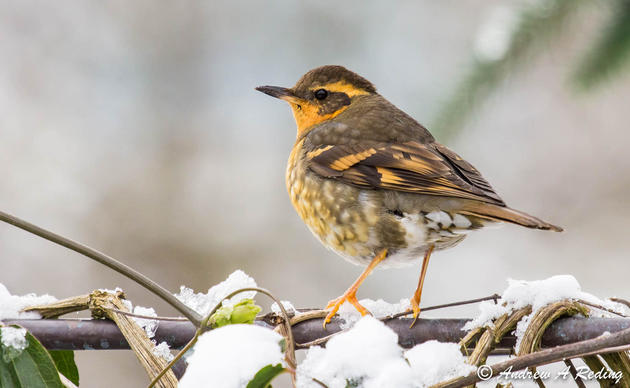The estuarine wetlands at the mouth of Kennedy Creek support some of the largest concentrations of wintering shorebirds and waterfowl in south Puget Sound.
One point of interest is that studies have shown that this area supports a particularly high level of invertebrates compared to similar areas in the south Sound. This rich larder in turn provides plentiful food for the wintering birds. While high numbers of shorebirds come to feed at Kennedy Creek, relatively few roost there.
Many of these shorebirds feed at this rich location and then fly to nearby bays to roost. Shorebirds you may see flying in the evening to roost in Eld Inlet, the next arm of Puget Sound to the east, may have spent the day feeding at Kennedy Creek.
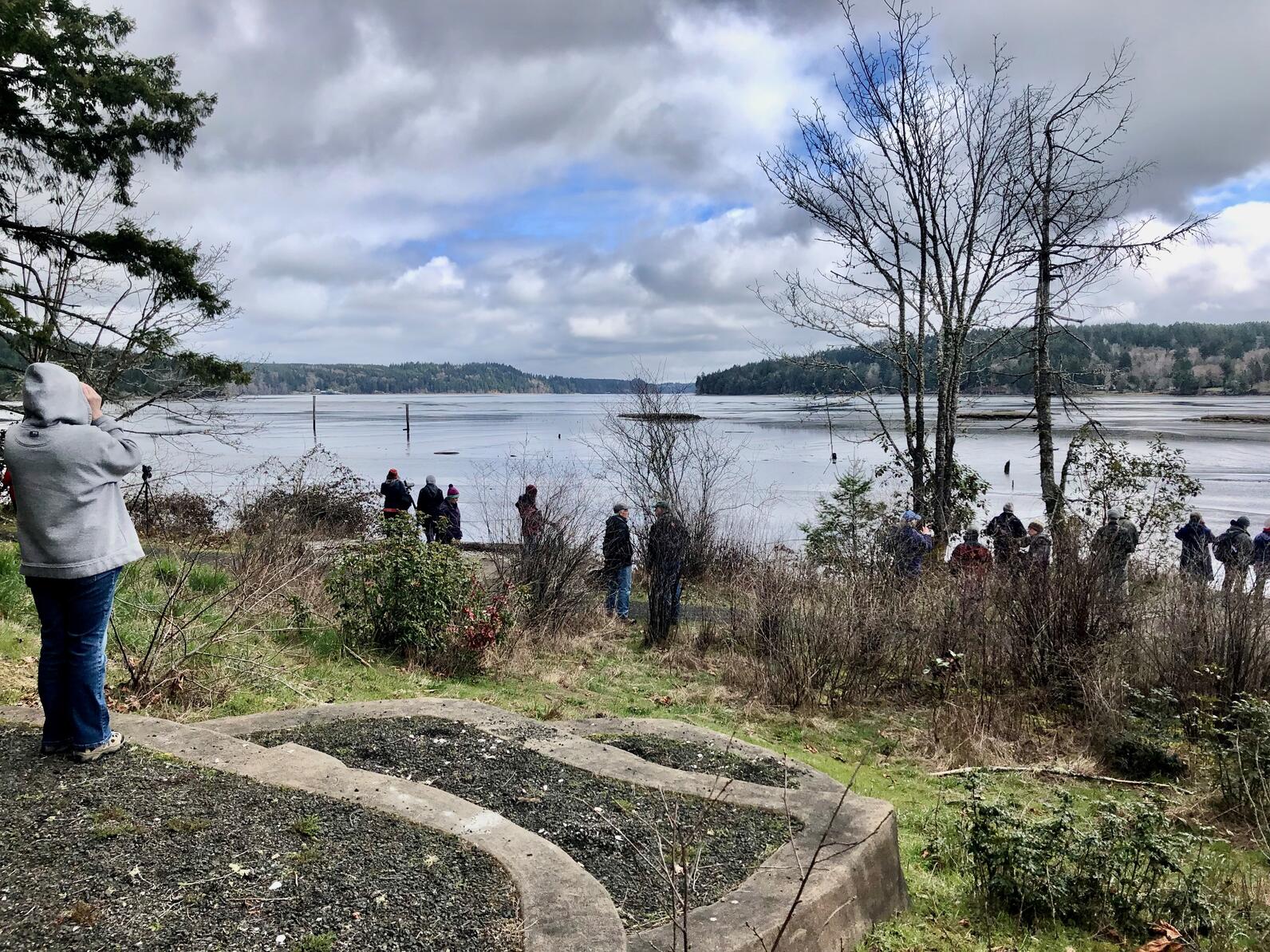
Audubon, the Department of Natural Resources and others interested in this Important Bird Area continue to discuss and explore potential options to further protect and enhance the area and address erosion concerns. Due to the Highway 101 road fill, the outfall of Kennedy Creek is constricted to a narrow opening under a bridge. At high flows such as after a major storm this can create a “firehose” effect aimed at the emergent wetland at the mouth of the creek and threatening erosion and loss of parts of that habitat. One area of discussion is the potential addition large woody debris such as anchored logs and stumps. These could be designed to deflect the erosive power of the high flow events from the Creek that are occurring more frequently. Such large woody debris may also increase habitat diversity and provide local roosting sites for some shorebirds such as Dunlin. Further review is needed to determine if such a project is warranted, and Audubon is working to facilitate these discussions among the interested groups.

